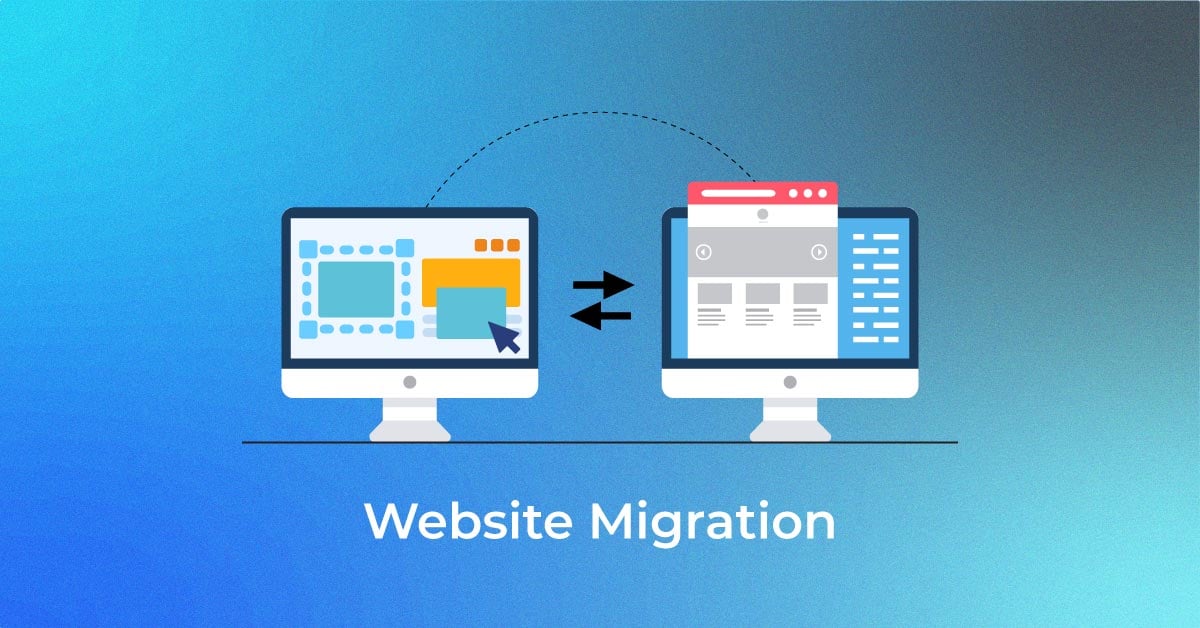 The Main Components of Revenue Cycle Management The demand for the Successful Management of Accounts Receivables for medical practices has generated a huge market for solutions known as Revenue Cycle Management (RCM). RCM rightly handles the complex regulations which medical providers face to get compensated for routine or critical healthcare services. To ensure that there is cash flow in a sector where reimbursement is highly controlled, dentists and physicians should hire individuals with particular RCM skills. Efficient management of medical receivables is made possible through contracting qualified businesses. The big insurance providers and Medicare cater to the bulk of the healthcare in the States. The percent not paid for by the insurance companies is covered by patients. With the higher growth in high deductible health plan use, the balances that patients pay are going higher. Both of these elements of accounts receivables have to be managed through a time-sensitive and comprehensive process. Medical receivables management does not begin after a patient completes their visit or when the patient signs for a consultation. Efficient RCM starts when the patient schedules an appointment and ends when the patient pays for any amount not paid for by the insurance companies. There are the main parts of RCM, and each is vital to the cash flow of your medical practice.
The Main Components of Revenue Cycle Management The demand for the Successful Management of Accounts Receivables for medical practices has generated a huge market for solutions known as Revenue Cycle Management (RCM). RCM rightly handles the complex regulations which medical providers face to get compensated for routine or critical healthcare services. To ensure that there is cash flow in a sector where reimbursement is highly controlled, dentists and physicians should hire individuals with particular RCM skills. Efficient management of medical receivables is made possible through contracting qualified businesses. The big insurance providers and Medicare cater to the bulk of the healthcare in the States. The percent not paid for by the insurance companies is covered by patients. With the higher growth in high deductible health plan use, the balances that patients pay are going higher. Both of these elements of accounts receivables have to be managed through a time-sensitive and comprehensive process. Medical receivables management does not begin after a patient completes their visit or when the patient signs for a consultation. Efficient RCM starts when the patient schedules an appointment and ends when the patient pays for any amount not paid for by the insurance companies. There are the main parts of RCM, and each is vital to the cash flow of your medical practice.
A Brief Rundown of Solutions
If the patient wants to schedule to make an appointment; the front desk should confirm the insurance coverage when the patient remains on the phone. They should ask for co-pay amounts from the patients at the check-in before the patient ever sees the doctor. The insurance claim which has the appropriate diagnoses and treatment processes is subsequently submitted to the correct payer through some standard criteria of submission. If there are any mistakes in the planning of the submission or claim process, claims that are flagged ought to be filed again as soon as corrections are made.
22 Lessons Learned: Software
When claims are paid, the main payer which is the insurance company will send a remittance advice enabling the billers to post payments online and transfer any balances that are owed to a patient or secondary insurance claim for prompt payment automatically. The trick to efficient management of account receivables is to follow them up. The providers have to inform the billing office of any partial payments, denied claims as well as claims that don’t have errors but are still outstanding after a specific time. By giving priority to those unpaid claims by the payer, amount, and motive, the representatives of the accounts receivable may review and get in contact with the patients and payers according to the to the status or request for payment. After tracking the insurance payments and they are applied to the claim balance, the balances that remain are billed to the patient by printing the statements immediately.
A Brief Rundown of Solutions
Related Posts
Advancements in Computer Vision for Autonomous Vehicles
Introduction Autonomous vehicles have captured the imagination of the public and the attention of the automotive industry in recent years. Behind the scenes of these groundbreaking innovations lies the complex…
Unleash the Power of KILT Crypto A Beginner’s Guide
Unleash the Power of KILT Crypto: A Beginner’s Guide Getting Started with KILT Crypto So, you’ve heard about this thing called KILT Crypto and you’re wondering what all the buzz…






